
When you take a locum tenens physician job overseas, it’s natural to wonder how far your paycheck will go. The cost of living can vary significantly depending on the country and even within the same country. However, with some planning and perspective, you can navigate the differences and enjoy the adventure without breaking the bank.
Here’s a look at what physicians can expect in some of Global Medical Staffing’s most popular international destinations — and how to make the most of your experience.
Cost of living for doctors living in Australia
- Cost of living: 3.4% lower than in the United States
- Rent: 23.4% lower than in the United States
- Groceries: 1.2% lower than in the United States
Australia’s cost of living is relatively similar to the U.S., depending on where you’re coming from. Major cities like Sydney or Melbourne can be as expensive as Los Angeles or New York, while smaller cities or rural areas are more affordable.
Imported goods tend to cost more, and eating out is pricier — but the trade-off is access to stunning beaches, vibrant cities, and a strong healthcare system.
Budget tip: Take advantage of fresh markets and local brands, and avoid buying American name-brand items unless necessary.
Cost of living for doctors living in Canada
- Cost of living: 6.7% lower than in United States
- Rent: 23.8% lower than in United States
- Groceries: 6.0% lower than in United States
Locum tenens in Canada offers a more familiar transition for U.S. physicians. Depending on the province, the cost of living can be quite comparable to the U.S. For example, Vancouver and Toronto have high housing costs, but smaller cities and rural areas are more affordable.
The Canadian healthcare system and social services may help reduce out-of-pocket costs for things like childcare, prescriptions, and education.
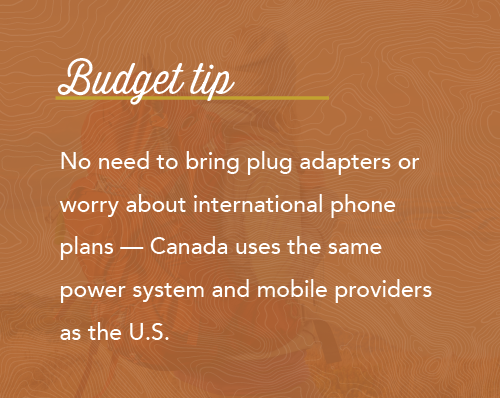
Budget tip: No need to bring plug adapters or worry about international phone plans — Canada uses the same power system and mobile providers as the U.S.
Cost of living for doctors living in Guam and Saipan
- Cost of living: Not enough data
- Rent: 4.8% higher than in the United States
- Groceries: 35.2% higher than in the United States
Guam and Saipan feel familiar in many ways — they’re U.S. territories, so the currency is the U.S. dollar, and you’ll find many of the same comforts: fast food, big-box stores, and American-style housing. But as Dr. Bryan Zorko, who spent over a year working in Guam, says, “You’re not going to get milk and cheese and all those things for the same cost you’re going to get stateside — it’s going to cost more.”
That’s because most goods are imported, similar to Hawaii. Rent can also be steep, especially if you want to live on the beach. But you don’t have to go without — know what’s worth splurging on and what you can skip.
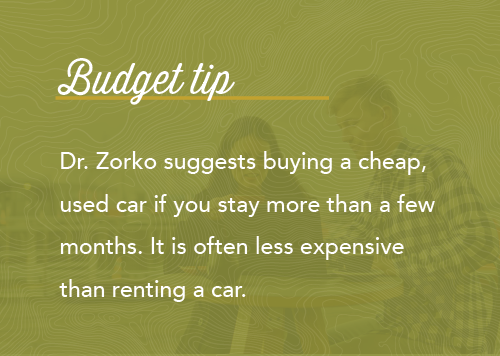
Budget tip: Dr. Zorko suggests buying a cheap, used car if you stay more than a few months. It is often less expensive than renting a car.
Cost of living for doctors living in New Zealand
- Cost of living: 10.1% lower than in the United States
- Rent: 38.1% lower than in the United States
- Groceries: 9.8% lower than in the United States
New Zealand offers incredible natural beauty, friendly communities, and a high quality of life. But being an island nation, some prices may still catch you off guard. Fresh produce at local farmers’ markets is often affordable, but almost everything is imported, meaning furniture, electronics, clothing, and everyday items can be pricey.
“Mascara is $26 (NZD). Ibuprofen and band-aids are really expensive, and you won’t be able to find antibiotic ointment like Neosporin there. Everything else is pretty reasonable or equivalent. You tend to buy less and make do with what you have,” shares Heather Van Dyk Smith, who relocated to New Zealand for a couple of years with her husband, Dr. Bryan J. Smith, and their children.
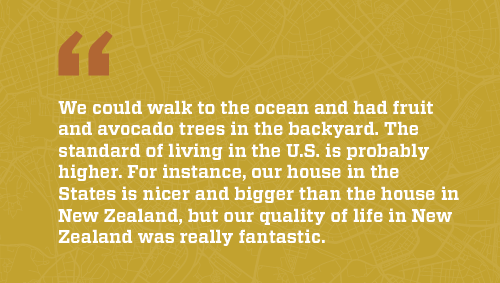
Dr. Jason Heine, who took a locums assignment in New Zealand with his wife and daughters, says they loved the lifestyle — even if it came with a few sticker shocks. “We could walk to the ocean and had fruit and avocado trees in the backyard. The standard of living in the U.S. is probably higher. For instance, our house in the States is nicer and bigger than the house in New Zealand, but our quality of life in New Zealand was really fantastic.”
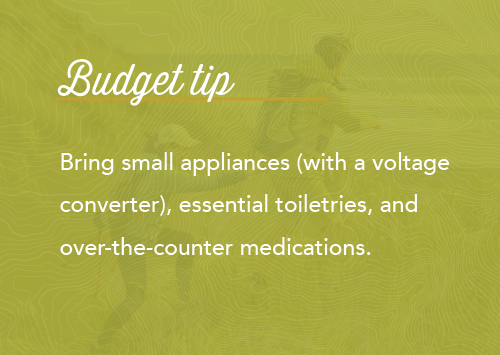
Budget tip: Bring small appliances (with a voltage converter), essential toiletries, and over-the-counter medications.
Cost of living for doctors living in the U.S. Virgin Islands
- Cost of living: 58.9% higher than in the United States
- Rent: 22.2% higher than in the United States
- Groceries: 63.3% higher than in the United States
Practicing medicine in the U.S. Virgin Islands offers a tropical backdrop with all the benefits of staying on U.S. soil — no passport required, and you’ll still be paid in U.S. dollars. The islands offer a relaxed, beachside lifestyle, but the cost of living can be high, especially when it comes to imported goods like groceries, clothing, and electronics.
The cost of living in the U.S. Virgin Islands is often comparable to places like Hawaii or coastal California. Housing can be expensive depending on the island and proximity to the beach, though in some cases, it may be included or subsidized by the healthcare facility.
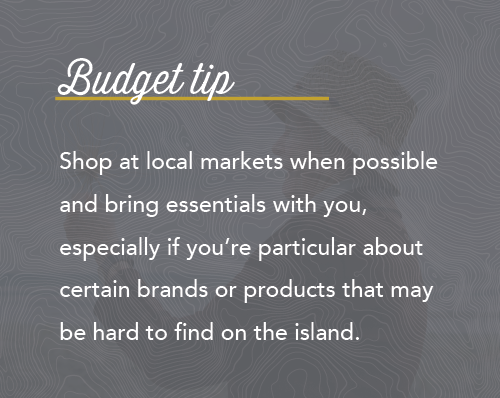
Budget tip: Shop at local markets when possible and bring essentials with you, especially if you’re particular about certain brands or products that may be hard to find on the island.
Perspective is everything
What feels expensive to one physician may feel perfectly reasonable to another — especially depending on where they’re coming from. Physicians from higher-cost areas like New York or Hawaii may find prices abroad fairly comparable, while those from smaller or more affordable cities may notice a bigger difference.
Wherever you go, there are ways to stretch your budget. Shop local, cook at home, and take advantage of what your assignment includes. GMS typically covers major expenses like airfare, housing, and transportation, easing the financial transition.
Have questions about what to expect on an assignment in any of these countries? Give us a call at 1.800.760.3174. We’re here to help you plan for a rewarding experience — both professionally and personally.



 Back
Back